Frankly, when I told my friends that I was traveling through Colombia on a recent trip to South America most of them thought I was crazy. Incessant news stories of kidnappings, terrorism and drug deals gone wrong in the 80’s and 90’s had most people believing I’d be a victim of a drive-by within minutes of setting foot on Colombian soil. Never mind what they said when I told them I had a nine hour layover and planned to venture into Bogota alone.
While things have settled down considerably since the bad old days, Bogota is still not the safest city on the continent. Hence I arranged via the always reliable international tour agency, Viator, to have a driver and guide meet me at the airport. After all, a little sightseeing sure beats cooling ones heels for hours in an airport, even the brand new El Dorado International that had just opened.
My bags were checked directly through to Ecuador, so with only my back pack in hand, I headed through immigration and for the exit. Waiting for me was my guide Fernando, who spoke excellent English and was very knowledgeable about his home town. Driver Eduardo navigated us expertly through city traffic, and before we knew it Fernando and I were boarding a funicular to the Andes mountain-view point of Montserrat. Not just a look off, the spot boasted lush, colorful gardens, fountains and a church-site dating back to the 16th Century, containing the Black Virgin, a figure of veneration and pilgrimage to devout Colombian Roman Catholics. On a clear day the city spreads out below for miles. Two top notch restaurants allow visitors to extend their visit through dinner, should they desire.
With more leisure time we could have walked back down, but with time limited we took the funicular back down and Eduardo whisked us to Candelaria, the old historic center of Bogota. Spanish architecture having somewhat fallen out of favor after the Colombians revolted against Spain 200 years ago, the district boasts many architectural styles from French, Italian and other sources in addition to the more typical Spanish red tile roofs and wooden balconies. The center point is Plaza de Bolivar, named for the great liberator Simon Bolivar, who rallied South America and booted Spain off the continent for good in the early 1800’s. George Washington was his hero and Bolivar had dreams of uniting South America into a nation much like the United States. Alas his attempts failed and the continent splintered into its current plethora of small states. He is still revered by all (they named Bolivia for him!) and his statue stands tall in his plaza backed by the neo-classical National Capitol. To the east is the centuries old Primary Cathedral, to the west the French inspired mayoral office, while a somewhat jarringly modern Palace of Justice lies to the north, the original having been blown up in 1985 during a botched attempt at revolution.
Wandering the narrow lanes of the district reveals quaint book stores, antique shops and fine restaurants. Also neatly tucked away are a dozen or more museums, including the not to be missed Gold Museum, packed with ancient treasures, and the Botero Museum boasting wonderful and whimsical works by the great Colombian artist Fernando Botero. I guarantee that you will laugh out loud at least once while perusing his statues and paintings, sporting humorously distorted human and animal figures.
Those who have a longer stay can go outside of the city and tour some of the best coffee plantations in the world (though alas, Juan Valdez is fictional). A nearby salt mine has a full-sized Catholic cathedral carved in its depths, which is well worth a visit. The Caribbean coast and the city of Cartagena also reward both history and sun-seekers.
Unfortunately, all too soon I had to hurry back to El Dorado (the airport that is) but I was glad I had a chance to glimpse the new Bogota. Now I want to come back to see more!
Here are a few more photos from my visit.
Click on them for larger sizes and a slide show.
Photo Credits
All Photos by George Burden – All Rights Reserved


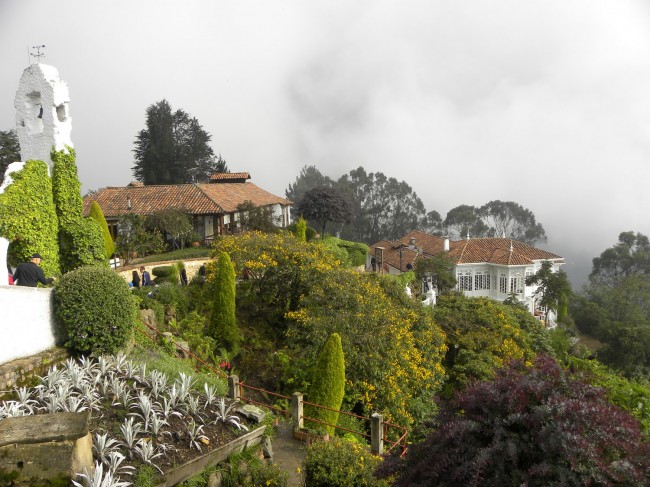
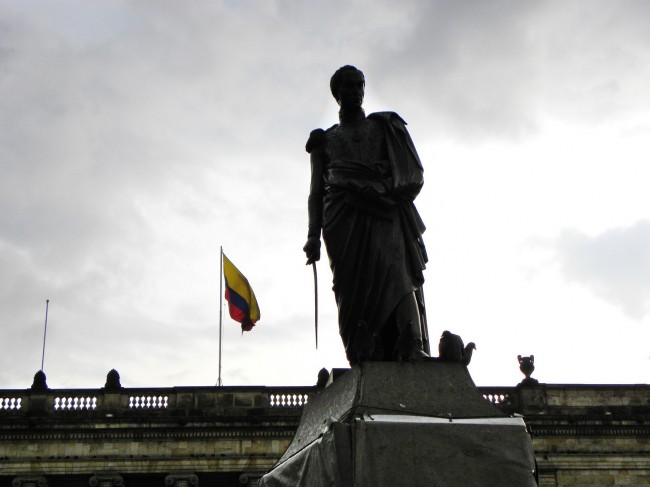
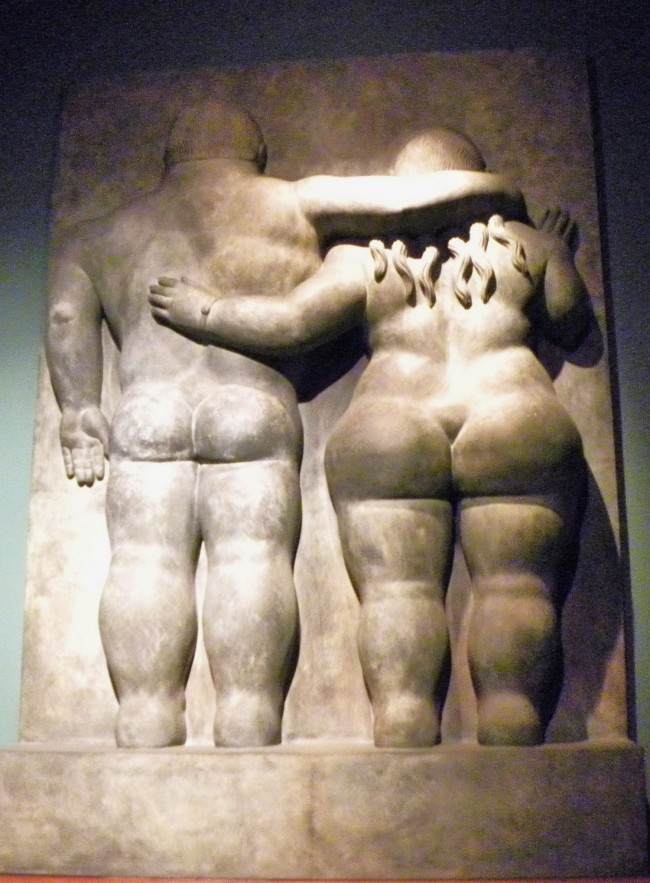
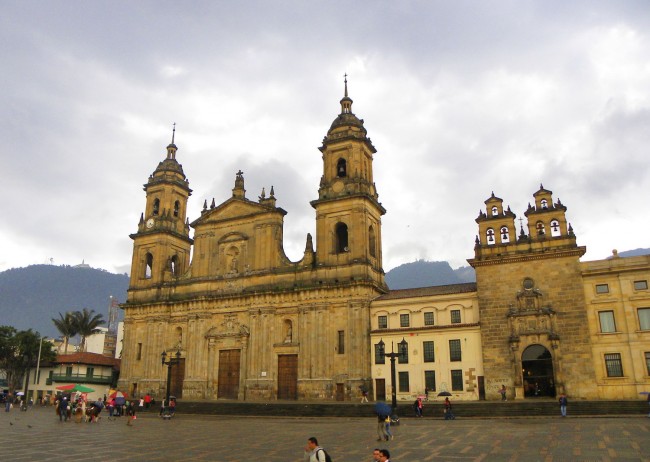
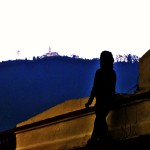


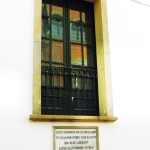

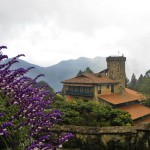
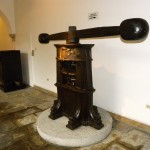
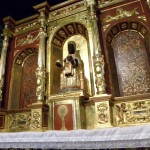



Darcy, my daughter had an exchange student in her class from Colombia as well. We need to look beyond the stereotypes, especially when we travel or more importantly meet people from other countries.
Good myth-busting story, George. My family hosted an exchange student from Columbia a couple years ago, a stay that busted a few myths for us.
Thanks for this tour, George. Friends from Colombia have also recommended a visit to Bogota to us – now we are even more intrigued.
It would seem the country is worth a visit. I would definitely like to go back and check out Cartagena and the Caribbean coast of the country.